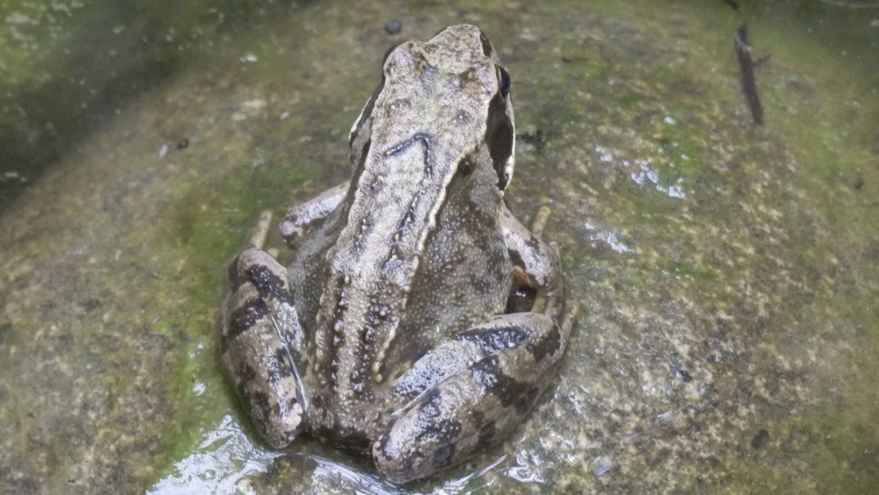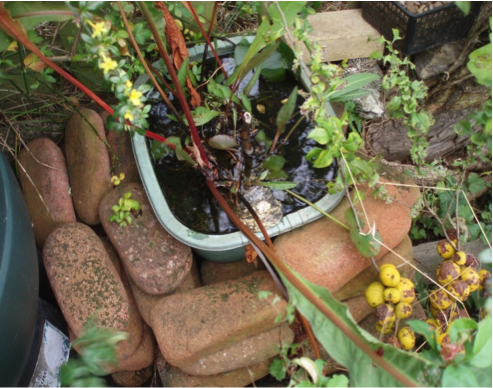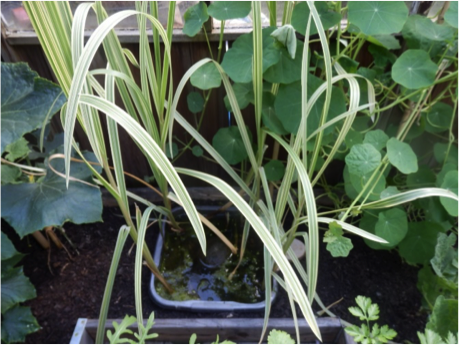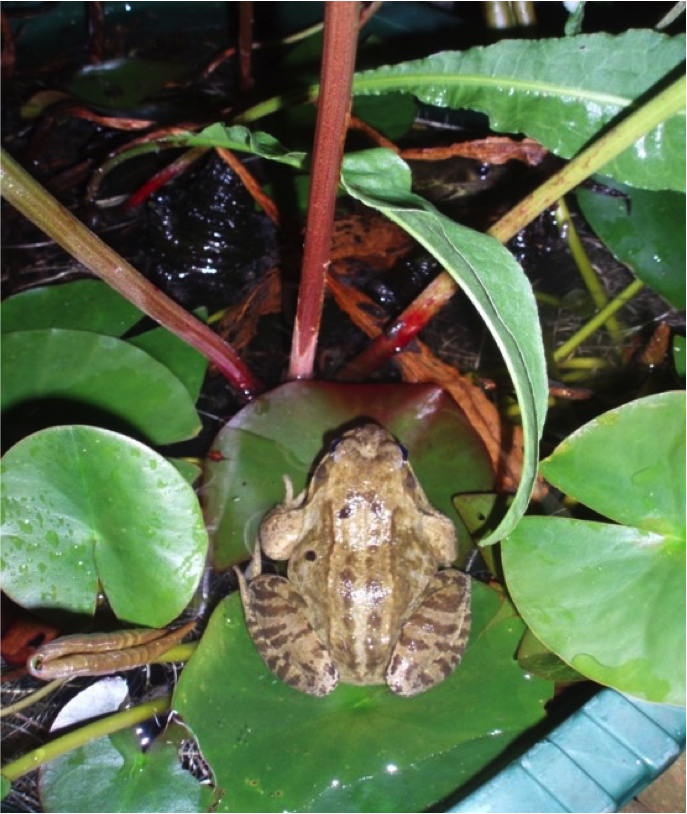Nature: How to Build a Basin Pond to attract wildlife

Guest post By Adam Lee. Adam is a volunteer for UK Charity, Garden Organic’s, brilliant Master Gardener programme (supporting people to grow food at home). Basin Ponds made out of a washing up bowl are a simple wildlife friendly idea for small spaces. They are easy to install, cheap to make and encourage a variety of garden friendly wildlife including aphid eating hoverflies. Filled with rainwater and suitable plants, basin ponds breed Daphnia, Cyclops and Gammarus which support other wildlife as well as water beetles and pond skaters. If your growing space is at ground level, frogs and other amphibians may also be attracted providing invaluable slug control. Not only are basin ponds safe for children, pets and Hedgehogs, they make an excellent project to do with children and those keen to learn more about wildlife gardening. Even a patio or balcony can have a basin pond.
To make a Basin Pond you will need:
- 1 normal sized washing up bowl
- Enough washed gravel to cover the bottom of the bowl to 2 – 3 inches deep
- 2 or 3 suitable aquatic plants
- Enough rainwater to fill the bowl
- Old bricks or logs to surround the bowl
Site:
Choose where you’d like to put the basin pond. Make sure the site is flat and even.
Suitable Plants:
You only need a few plants per basin pond. Plants that grow to height out of the basin pond, such as Water Dock and Sweet Flag, are best since they can provide a habitat for the larvae of moths and butterflies. Other good choices include:
- Flowering Rush
- Arrowhead
- Yellow Flag
- Frogbit
- Water Lilies
- Lesser Spearwort.
Avoid plants such as Elodea, Parrots Feather, Marsh Marigold and Floating Pennywort. If you know someone with an established pond ask if you can have two or three plants, otherwise look on the internet for good suppliers. If asked politely, many pond owners will happily give you plants that have overgrown their ponds. Don’t take plants from the countryside. 
Making the Basin Pond:
Gently place one plant in the washing up bowl and cover the roots with washed gravel so the plant can stand up freely on its own. Do this with your remaining plants and top up the gravel to an even surface 2 to 3 inches deep. Place the plants around the sides of the bowl to leave some free standing water in the middle. Fill the bowl with rain water. Line each side of the bowl with recycled bricks, rocks or woodpile logs ensuring that nothing is loose or unstable. Leaving gaps between bricks or logs provides a habitat for amphibians. Alternatively, the gaps can be filled with soil and spring bulbs or flowers planted to make a more decorative feature. This works best in shadier areas with bluebells, ferns, primroses and cowslips. Placing a larger rounded stone in the middle of the pond that just breaks the surface of the water makes an excellent frog plinth. Don’t introduce fish into the pond since they are voracious feeders upon insect life and any amphibian eggs.
Aftercare:
Routinely remove any dead leaves or rotting material from the basin pond and top up regularly with rain water. If the pond plants overgrow, then gently remove some, but leave anything you remove by the side of the pond so insect life can crawl back in. Duckweed in basin ponds is not necessarily a bad thing since it provides cover for insect life and any excess can be easily removed. Sometimes green hair algae may grow. This can be removed by twirling round a stick and pulling the long strands out of the pond. This algae usually thrives on excess nutrients, so once the ecology of the pond is established, it shouldn’t be a problem. Never treat the basin pond with pesticides or anti-fungal agents.
Will Wildlife Visit my Basin Pond?
Your pond will attract birds and a variety of beneficial insect wildlife. If you want to look at this water fauna gently take out a cup of water, pour into a flat tray and armed with a hand lens or magnifying glass try to identify the creatures you have found with the aid of a good guide book. If your pond is at ground level (eg on a patio) and in an amphibian rich area, frogs will most certainly visit the pond once it is established. With luck, Newts and Toads may follow. In more urban settings it may take several seasons to attract frogs. Remember that amphibians don’t live in water all year round, they need suitable habitats close by, but water features are essential for breeding.
Will the pond attract mosquito’s?
Having a gravel substrate, plants, and microflora will discourage midges/mosquitos as there should be plenty of life to gobble the larvae up - unlike waterbutts & standing water which attracts the biting insects because they don’t have this ecology.
Your turn…
If you've made a mini pond on your balcony, rooftop or patio, what was your experience? How did you make it and what wildlife did it attract? I'd love to hear in the comments below.




53 comments
Surprisingly, water troughs and ponds can sometimes become death traps for visiting wildlife. Different species have very different abilities.
There is a USDA PDF article about ways to ensure any size water for wildlife resource can be made so pretty well all species can escape.
Here's the URL:
https://www.fs.usda.gov/pnw/lwm/aem/docs/olson/bciwaterforwildlife.pdf
If the link doesn't work, the secret is to use non-corrosive metal mesh to form escape ramps AT THE EDGE of the water, WITH FOLDED SIDES so aimlessly circling wildlife are sure to bump into the ramp.
Eleanor White, Ontario, Canada
Constructing a basin pond on my balcony was a rewarding venture, utilizing a sturdy container filled with water and native plants, and it soon became a haven for various wildlife including frogs, butterflies, and even visiting birds, enhancing my urban space with the soothing sights and sounds of nature. If you are looking for flats in hyderabad then visit <a href = "https://www.risiniathetwinz.com/" > https://www.risiniathetwinz.com/</a>
Leave a comment